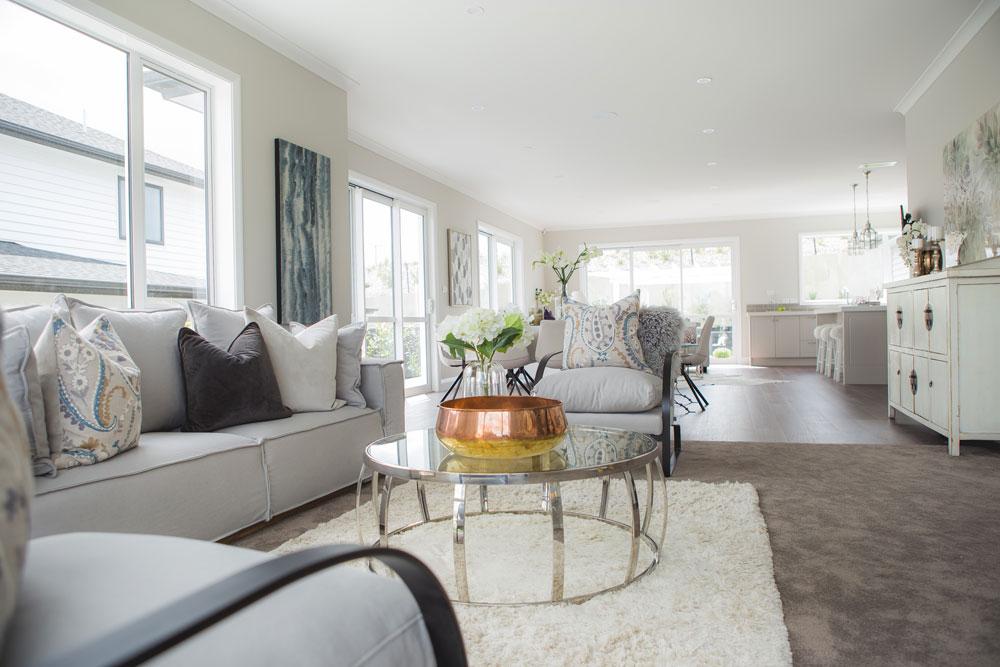Discover how to invest wisely in home staging cost. Learn key evaluation strategies to maximize property value. Start making informed decisions today. In the realm of real estate, first impressions count. Whether you’re selling a cozy condominium or a sprawling suburban home, the way you present your property can significantly impact its marketability and sale price. This is where home staging comes into play. Home staging involves strategically arranging furniture, decor, and accessories to highlight a home’s best features and create an inviting atmosphere for potential buyers.
While the benefits of home staging are well-documented, homeowners often face a crucial question: how much should they invest in staging their property? Determining the appropriate budget for home staging requires careful consideration of various factors, including the property’s location, size, condition, and target market. Let’s delve deeper into evaluating home staging costs to make informed investment decisions.
Contents
Home Staging Cost: Assessing the Property
When considering investing wisely, it’s crucial to meticulously assess the home staging cost to ensure optimal returns on your property. Before diving into home staging, it’s essential to assess the property’s condition and identify areas that require attention. Is the interior outdated or in need of repairs? Are there any cluttered spaces that need decluttering? Understanding the property’s strengths and weaknesses will help determine the extent of staging required and the associated costs.

Setting Objectives
Define your goals for staging the home. Are you aiming to sell quickly, maximize the sale price, or both? Your objectives will influence the staging approach and budget allocation. For instance, if your priority is a quick sale, you may focus on essential staging elements that enhance the property’s appeal without overspending.
Budget Allocation
Allocate your staging budget wisely by prioritizing areas that offer the most significant return on investment (ROI). For example, allocating funds to repaint walls, update light fixtures, or replace worn-out furniture can yield higher returns than extravagant decor items. Determine a budget range based on your property’s value and the local real estate market.
DIY vs. Professional Staging
Decide whether to undertake staging tasks yourself or hire a professional staging company. While a DIY approach can save money, professional stagers bring expertise and a trained eye for design, potentially yielding better results. Consider the complexity of staging tasks, your design skills, and the time available before listing your property.
Comparing Quotes
If opting for professional staging services, obtain quotes from multiple staging companies. Compare their offerings, pricing structures, and track records to ensure you’re getting value for your money. Beware of excessively low quotes, as they may indicate subpar quality or hidden costs that could inflate your final bill.
Flexible Staging Options
Explore flexible staging options that accommodate varying budgets and property needs. Some staging companies offer tiered pricing plans or a la carte services, allowing you to tailor the staging package to your specific requirements. Flexibility in staging options ensures that you invest wisely without overspending.
Monitoring Expenses
Throughout the staging process, keep a close eye on expenses to avoid exceeding your budget. Track spending on staging materials, furniture rental fees, and professional services to maintain financial discipline. Adjust your staging plan if necessary to stay within budget while achieving your desired results.
Measuring ROI
After staging your home and listing it on the market, monitor its performance to assess the ROI of your staging investment. Track metrics such as time on market, buyer feedback, and final sale price to gauge the effectiveness of your staging efforts. A favorable ROI validates your decision to invest in staging and informs future selling strategies.
Conclusion
Investing wisely in home staging involves thorough evaluation, strategic budget allocation, and careful consideration of staging options. By assessing the property, setting clear objectives, comparing quotes, and monitoring expenses, homeowners can make informed decisions that enhance their property’s marketability and maximize its sale price. Remember, effective home staging isn’t just about spending money—it’s about making smart investments that yield tangible returns in the competitive real estate market.


